Most Scenic European Coastal Towns (Besides the Amalfi Coast) to Escape Summer Crowds
Think “summer in Europe” and it's easy for your imagination to default to those magnetic European beach resorts and iconic coastal areas like Spain’s Costa Brava, the French Riviera and, of course, Italy’s Amalfi Coast—where pastel buildings cascade down sunbaked hillsides, limoncello spritzes are sipped under striped umbrellas at rocky beach clubs, and Alfa Romeos skirt cliffside roads between Positano and Ravello. Fortunately, Europe's best coastal towns and cities don't end there.
If you’ve waited until now to book this kind of quintessential European vacation, you may have noticed things are filling up (or sold out entirely) on Europe’s most popular stretches of craggy coastline. Or, perhaps you’ve already explored these famed spots to your heart’s content and are looking for less obvious and equally spectacular seaside hotspots.
The good news: Europe has thousands of miles of coastline, punctuated with dramatic fjords and off-the-beaten-path peninsulas. There’s no shortage of vacation spots that come with crystalline waters, fantastic wine, plus surprises like castles, medieval villages, and sublime surf.
Related: The Best Cities to Visit in Japan
Here are the best European coastal towns and cities that provide an ideal setting for an unforgettable European vacation while giving those spotlight-hogging resorts a run for their Euros.
Best European Coastal Towns and Cities to Beat the Crowds
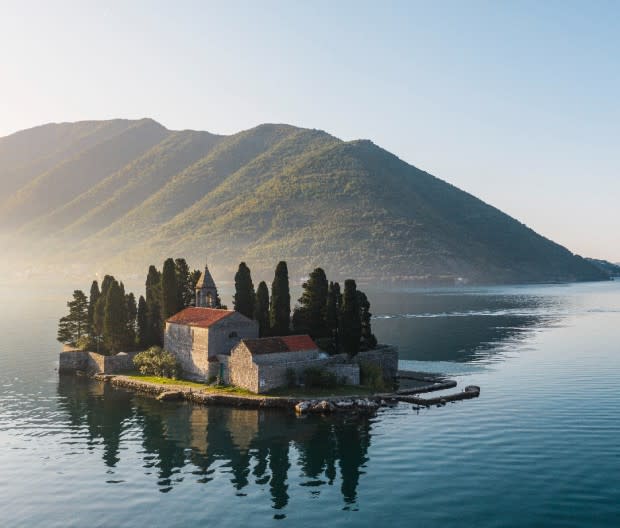
Courtesy of One&Only Portonovi
The Bay of Kotor, also known as Boka, draws all kinds of comparisons—from Norway's famed fjords to Italy’s swanky Lake Como. But this spot in southwest Montenegro is truly a one-of-a-kind destination along the Adriatic Coast, with limestone cliffs that slide into the water, UNESCO World Heritage sites, and a church that’s floating on a small manmade island that, according to legend, took 200 years to build.
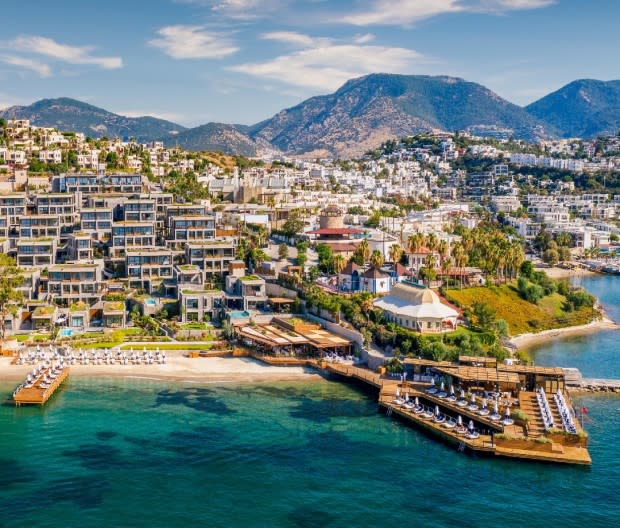
Kaya Palazzo Resort & Residences Le Chic Bodrum
The Turkish Riviera, also known as the Turquoise Coast, links gorgeous beach towns along the Aegean and Mediterranean coastlines in southwest Turkey. Technically, Turkey straddles Europe and Asia, but these shores truly evoke a European vacation vibe. While the beaches may be the main draw, numerous fascinating attractions along this up-and-coming stretch of coastline include rock tombs meticulously carved into the sides of mountains in Fethiye, the mud baths of Dalyan, great scuba diving sites in Kas, and charming cobblestone streets draped in magenta bougainvillea.
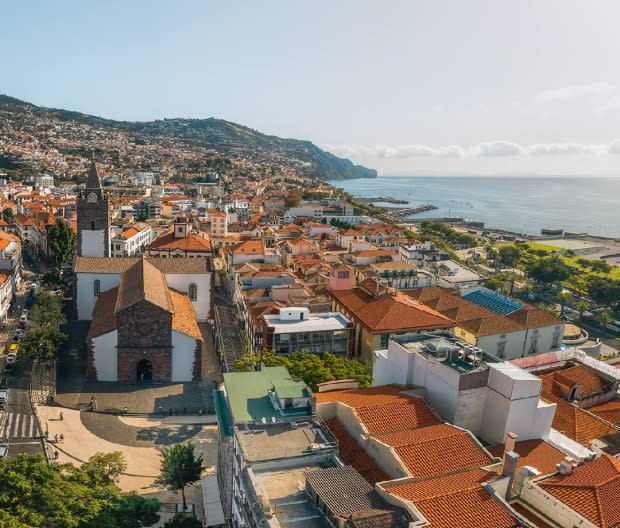
Digital Travel Couple
Sunseekers in marvelous Madeira, Portugal have their pick between black pebble beaches with gin-clear water, coppery volcanic shorelines, and requisite stretches of golden sand. But one of the most unique places to take a dip is on the North Coast at the Natural Pools of Porto Moniz, a carved-out swimming area surrounded by volcanic rocks that allow seawater to flow in and out.
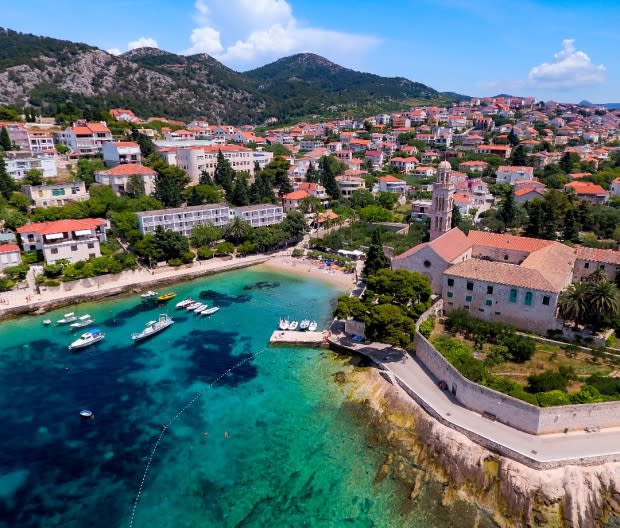
Courtesy of Visit Hvar
For fun in the sun, head to Hvar, an island in the Adriatic Sea, which bills itself as one of the brightest spots in Europe, literally. Hvar is spoiled with 3,000 hours of sunshine per year, and you can soak up all the rays on beaches where cliffs plunge into the azure blue waters. Quiet coves like Mala Stiniva and Malo Zarace Beach offer extra solitude.
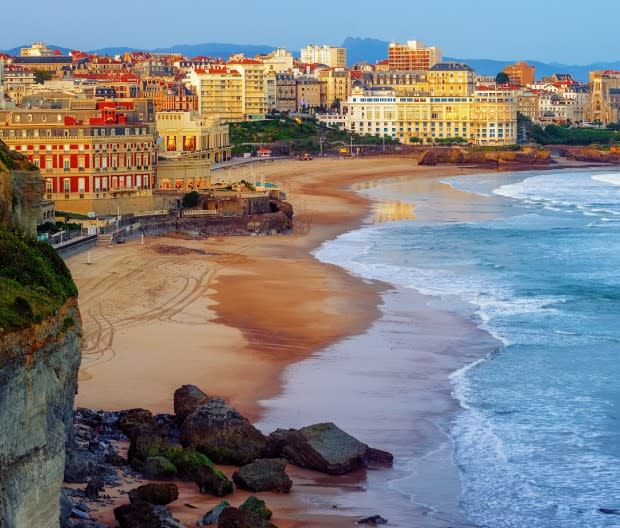
Xantana
A posh surf town, Biarritz is the ultimate summertime playground, furnished with frothy waves, Michelin-starred restaurants, and an Art Deco-style casino. Considered the epicenter of European surfing, Biarritz is located in Basque country along the South Coast of France. This Atlantic resort town and its beaches host all types of wave-riding competitions, including Surf de Nuit (nighttime surfing with illuminated boards).

Peter Adams
More than 500 miles of coastline wrap around Puglia, the heel of Italy’s boot. If you’ve got a full week or two of PTO to burn, enjoy a leisurely exploration of this idyllic region. Puglia’s been likened to “the Florence of the South,” but that’s a lazy oversimplification of this section of Italy that has seaside towns with distinctive charm, olive groves, and a fascinating blend of architecture from baroque styles in Lecce to trulli (little beehive-like stone huts with conical roofs) in Alberobello.
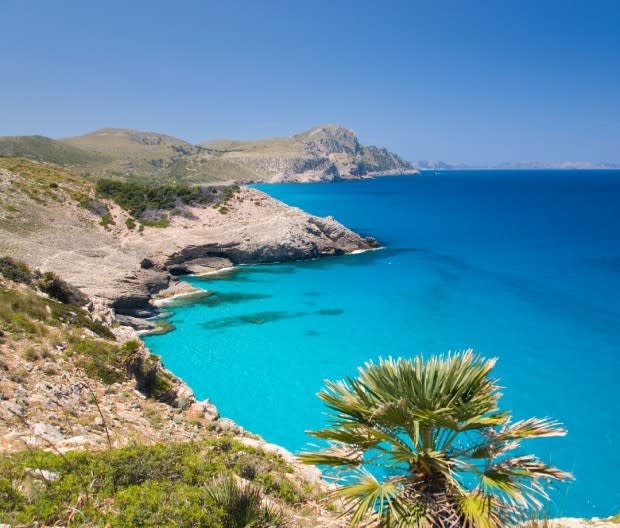
David C. Tomlinson
Mallorca (also spelled Majorca) is the largest of Spain’s Balearic islands, offering the most prominent offshore escape from the country’s packed mainland Mediterranean vacay zones. A string of neighboring dots like Menorca, Ibiza, and Formentera offer island hopping opportunities from Mallorca if time and energy allow. If you’d rather stay put, there’s much to do and see on this one wildly varied isle.

The south of France gets all the attention, but this cozy fortress town in Brittany (along the northern coast) is a gem. It’s surrounded by high walls, since the tide creeps right up to the city each night, so keep a close eye on the coastline if you’re trekking along the coast by day—less you get stranded on a rock-turned-island. By night, jazz bars give soundtrack to the city center, which is densely populated with fresh seafood restaurants. Fun fact: Saint-Malo used to be a pirate town, where king-sanctioned pillagers parked their ships between ransacks.

An easy overnight or day trip from Split, this Adriatic harbor town is an architectural marvel. If anything, you’d call it medieval—due to its 15th-century occupation by the Venetians, which is also why it’s called Little Venice. That said, it’s also adorned with Renaissance, Romanesque, and baroque flourishes. Trogir’s old city center lies on an island just off the shore of mainland Croatia, and the town is a popular sailing and yachting port for tourists.

If you need an off-the-grid creative retreat or a phone-free romantic getaway, come to Scotland’s Isle of Skye: Portree. The quiet town has just a few thousand inhabitants, and its colorful harbor is backdropped by cliffs and luscious hues of green. You can rent a pony, boat, fishing rod, or a reliable hiking stick (whatever helps you center yourself). But it’s not totally remote; Portree attracts lots of visitors, like yourself, but never enough to compromise your stay. Rest assured, it only means there are dozens of hospitable BnBs and hotels to choose from.

Italy might win the award for the best coast in Europe, so it’s hard to pick just one single Italian destination for this list. Here's our second, which (yeah, we know) isn't exactly "crowd-free" in the summer: Cefalù on Sicily’s northern shore is a longstanding favorite among Europeans, with a population that balloons accordingly (from 14,000 to 40-50K) during high season. For that reason, you might consider a mid-May or September shoulder season visit to avoid the peak window. Aside from its rare Arab-Norman architecture, Cefalù is a good home base for visiting the various beaches on either side of the city. The main beaches in town are a little too packed at high season, but a short drive in either direction offers prime spots for surfing or solitude.

When you think of Santorini, Greece, you think of Oia. Maybe not by name, but you’ll recognize its white-and-blue buildings—particularly those blue-capped churches built right into the cliffside. They face volcanic islands and endless blues—the Aegean horizon meets the often cloudless sky. You can visit numerous archeological sites, like Byzantine castle ruins or Venetian fortress remains, or you can meander down the town’s 300 stairs to the port of Ammoudi for a fisherman’s sea-level perspective.

Troms? is one of the best places to see the Northern Lights. You can catch them reliably between October and March, though odds are particularly high in December and January. Troms? is a small city in northern Norway, the part of the country that extends overtop Sweden and Finland. It’s north of the Arctic Circle, and mild year round thanks to gulf winds. This makes it a popular destination for winter recreation like dog sledding and whale watching, despite its high latitude. (The whales are especially active from October to January.) If you come in summer, it’s equally remarkable for its midnight sun between May 20 and July 20—hence why the Northern Lights are so common six months later, when the sun barely cracks the horizon.

Barcelona’s breezy energy is present some 40km down the coast in Sitges. The 30,000-person town teems with big-city vibrancy, with art galleries, fine dining, thousands of high-end hotels, and huge seasonal festivals like Carnival. (Its nightlife most notably attracts gay revelers.) With 17 beaches and a wealthy international population, Sitges isn’t particularly cheap—but it is a welcomed respite from the everyday grind.